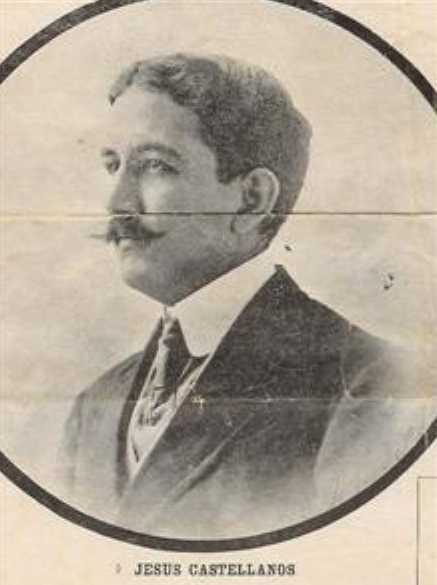4.4.1 The critical and essayistic work of Jesús Castellanos (1879 – 1912)

Jesús Castellanos was the first director of the Academy of Arts and Letters and founder of other cultural institutions, such as the Conference Society and the Society for the Promotion of Theatre. Despite his short life, he left behind a body of essays of value to Cuban literature, considered the most important of this decade, although it is true that there was rather a void in the genre at the dawn of the republic.
Castellanos’s work, associated with literary criticism and essays, was published posthumously in 1914 under the title “The Optimists. Readings and Opinions. Art Criticism.” The texts intertwine concepts of literature and society, along with a somewhat elitist vision of intellectuality, although their aim of bringing culture to the people is laudable.
His work is inscribed within the imprint of positivism, although he came to recognize some of this paradigm’s biases; however, it was not a rigid positivism, but rather one open to other theoretical and aesthetic possibilities. Optimism had a guiding purpose in his work, but it was grounded in a profound vision of his reality. A certain awareness of the frustration of the independence ideal would touch him sideways, but he always believed in the future and the possibility of change at all levels.
His assessments of literary and artistic criticism—for he also worked in this field—do not show a clear hierarchy of works, authors, or movements; he was not a good evaluator in this sense; but he was characterized by an openness to prevailing currents and styles in the fundamental areas of world culture, which he helped to incorporate into national literature.
However, he was not known for his political acumen—although he did possess a vast amount of historical knowledge—especially regarding the meaning of the doctrine of Pan-Americanism and the intentions of the northern power toward Cuba. Nor did he foresee the need and possibility of uniting the Latin American peoples.
In addition to his narrative work, which will be discussed in another section, he also gave speeches and lectures on various literary topics and published writings in contemporary media, including “La Joven Cuba,” “La Juventud Cubana,” “El Habanero,” “La Discusión,” “Patria,” “El Fígaro,” “Cuba y América,” “Letras,” “La política cómica,” and “Azul y Rojo,” among others. He occasionally used the pseudonym Scarpia.








